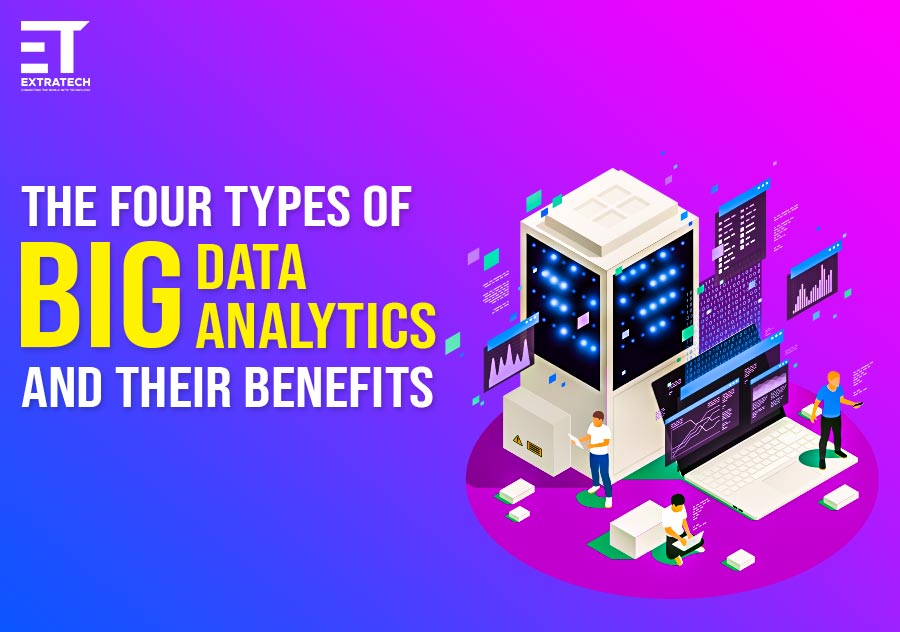


2023-06-19
In today's digital age, organizations are constantly collecting vast amounts of data from various sources. This abundance of data holds valuable insights that can help businesses make informed decisions and gain a competitive edge. However, raw data alone is not enough to derive meaningful conclusions. That's where big data analytics comes into play.
Embark on a captivating journey through the realm of Big Data Analytics. Discover different types of Data Analytics, unravelling insights from the past, uncovering hidden connections, foreseeing the future, and transforming data into golden opportunities.
Let the power of data-driven decision-making guide you to prosperity.
Big data analytics refers to the process of examining large and complex datasets to uncover hidden patterns, correlations, and trends that can inform business strategies and decision-making. To achieve this, big data analytics employs various data analysis techniques and data mining tools. These techniques and tools assist in extracting valuable insights from the vast volume, velocity, and variety of data.
Let's have a look at four different types of Data Analytics.
Descriptive analytics focuses on summarizing and interpreting historical data to understand what has happened in the past. It employs various descriptive statistics and analysis techniques to uncover patterns and relationships within the data. Descriptive analytics provides valuable insights into customer behaviour, market trends, and operational performance. By understanding historical patterns, organizations can make informed decisions based on past experiences and trends.
For example, an e-commerce company can use descriptive analytics to analyze customer purchase patterns and identify which products are popular during specific seasons or events. This information can help optimize inventory management and marketing strategies.
Predictive analytics takes data analysis to the next level by using historical data to make predictions about future outcomes. It leverages advanced modelling techniques and algorithms to identify patterns and trends in the data and make forecasts. Predictive analytics helps organizations anticipate customer behaviour, demand patterns, and potential risks, enabling them to take proactive measures.
For instance, a retail company can use predictive analytics to forecast future demand for certain products based on historical sales data, external factors like weather conditions, and upcoming promotional activities. This information can guide production planning, inventory management, and marketing campaigns.
Prescriptive analytics focuses on providing organizations with actionable recommendations and strategies to optimize decision-making. It combines historical data, predictive models, and optimization algorithms to suggest the best course of action for a given situation. Prescriptive analytics helps organizations make data-driven decisions that maximize desired outcomes while considering constraints and objectives.
For example, a logistics company can use prescriptive analytics to optimize its delivery routes by considering factors such as traffic conditions, delivery time windows, and vehicle capacities. By generating optimized route plans, the company can reduce costs, improve efficiency, and enhance customer satisfaction.
Diagnostic analytics is a type of big data analytics that focuses on understanding the "why" behind data patterns and outcomes. It helps organizations identify the root causes of specific events, problems, or successes. The benefits of diagnostic analytics include:
Read our previous blog about Data analytics and its importance: What is Big Data Analytics and Why Is It Important?
In today's data-driven world, the ability to harness the power of big data analytics is a valuable skill that can set individuals and organizations apart.
At Extratech, we offer a comprehensive data analytics job-ready program in Australia that will equip you with the knowledge and skills to navigate the world of big data analytics or learn about its Scope.
Don't miss out on the opportunity to become a data analytics wizard. Gain practical skills and make smarter decisions. Enrol now and embark on a path to data-driven success.